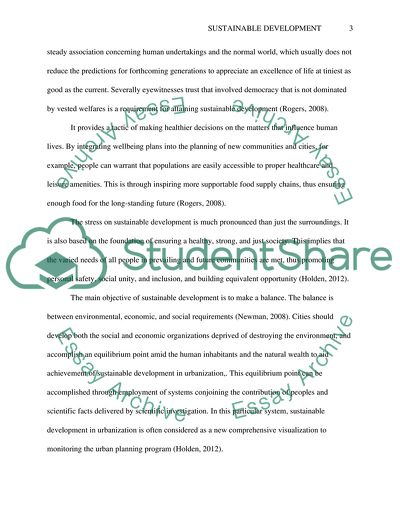Cite this document
(Urban Sustainable Development Literature review, n.d.)
Urban Sustainable Development Literature review. https://studentshare.org/environmental-studies/1849062-urban-sustainable-development
Urban Sustainable Development Literature review. https://studentshare.org/environmental-studies/1849062-urban-sustainable-development
(Urban Sustainable Development Literature Review)
Urban Sustainable Development Literature Review. https://studentshare.org/environmental-studies/1849062-urban-sustainable-development.
Urban Sustainable Development Literature Review. https://studentshare.org/environmental-studies/1849062-urban-sustainable-development.
“Urban Sustainable Development Literature Review”. https://studentshare.org/environmental-studies/1849062-urban-sustainable-development.


